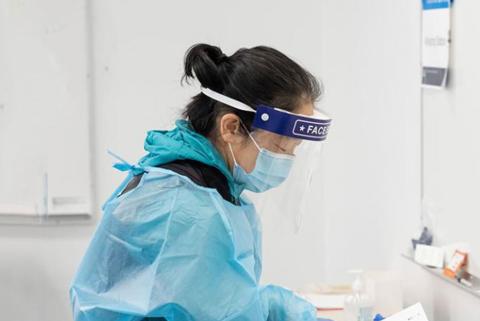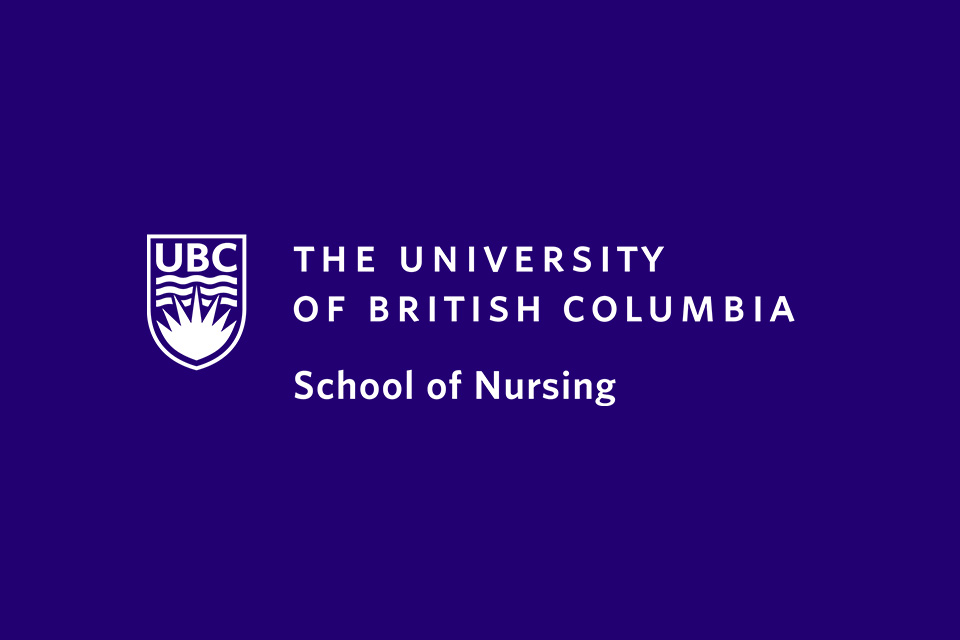Co-led by Dr. Sabrina Wong and Dr. David Barber, the Canadian Primary Care Sentinel Surveillance Network (CPCSSN) is Canada’s first multi-disease electronic medical record surveillance system. Given the clear synergies, the Public Health Agency of Canada (PHAC) is pleased to be partnering with CPCSSN with both parties looking forward to a long-term partnership.

March 10, 2021
The funding is being used to assess the ability for using patient information from the Canadian Primary Care Sentinel Surveillance Network (CPCSSN) for COVID-19 surveillance and tracking the unintended consequences of the COVID-19 pandemic in Canadians who visit the offices of primary care physicians in the community. De-identified electronic medical record data from CPCSSN could provide the data required to better understand the impact of COVID-19 from a primary care perspective in order to support prevention and intervention efforts and to enhance existing surveillance activities. More specifically, the data could be used to meet key priorities around:
- Understanding the effects over time on the health of COVID-19 patients;
- The surveillance of chronic disease in COVID-19 patients and other patients.
Dr. Wong and the CPCSSN will:
- Pilot test the CPCSSN secure research environment with a test CPCSSN data set (variables to be defined collaboratively by PHAC and CPCSSN) for three PHAC users, identify key issues and develop solutions as needed;
- Examine the ability to pull out COVID-19 tests that are being integrated into primary care EMRs within CPCSSN’s networks, given the differences in how primary care physicians receive the results of the tests across EMRs and provinces/territories;
- Develop ways to extract the COVID-19 lab data from primary care EMRs using CPCSSN data from January 1, 2019 to December 31, 2020 so that a COVID positive cohort can be identified;
- Explore the ability to create a COVID-positive and COVID-negative cohort for ongoing analysis using CPCSSN data from January 1, 2019 to December 31, 2020; and
- Identify areas where CPCSSN could have stronger representation (e.g. rural/urban).


